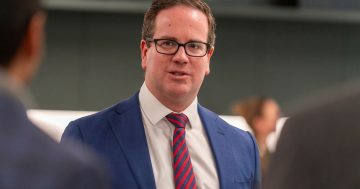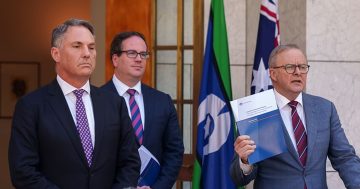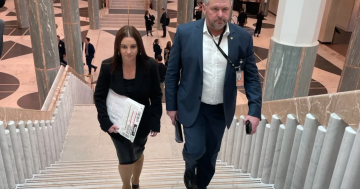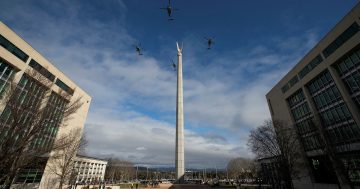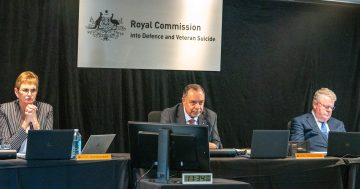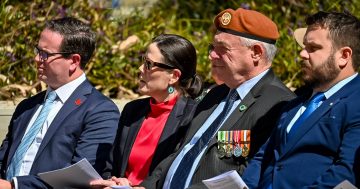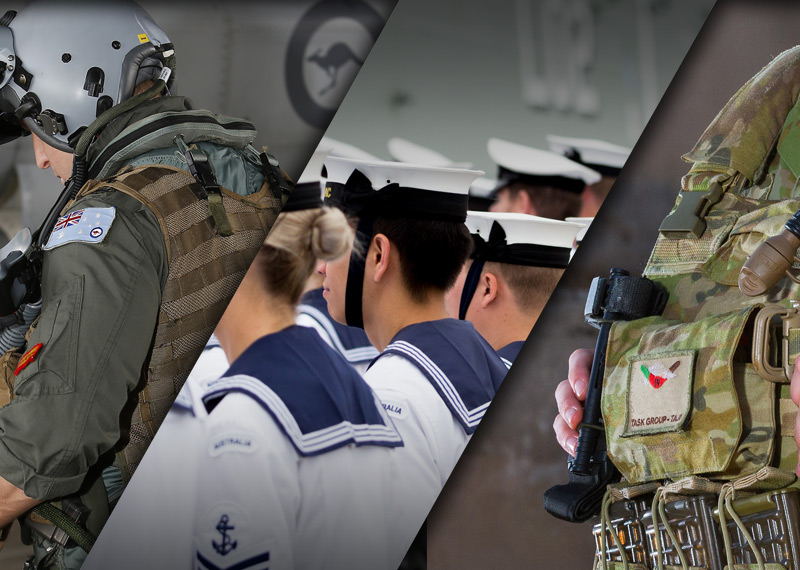
Inadequate resourcing at the Department of Veterans’ Affairs was letting veterans down. Photo: ANAO.
More staff and resources for the Department of Veterans’ Affairs to clear its backlog of claims have been promised in the wake of the interim report of the Royal Commission into Defence and Veteran Suicide.
Labor had already promised 500 extra staff during the election campaign and Veterans’ Affairs Minister Matt Keogh said recruitment was underway and would be completed as soon as possible.
“We’ll ramp that up over this and next year to the full 500,” he told the ABC.
“I’m working through a process at the moment with the department so that we can accurately model not just how many claims we can get through with those additional staff but also what the likely input or inflow of additional claims is going to be.
“Understanding that in detail is important to understand what the total workload over that period is going to be.”
The report devoted a chapter to the department and its deficiencies, pointing to the lack of staff, the backlog of claims and the complexity of the claims processing system.
It said that veterans’ poor experiences with the claims processing system could seriously impact their mental health and may be a contributing factor to them taking their own life.
This had been exacerbated by a spike in claims since 2016-17, without the department increasing staff to meet the demand.
“This has led to a large backlog of unassessed claims and unacceptably long processing times,” the report said.
“Inadequate funding from the Australian Government of the day and limits it placed on the number of Australian Public Service (APS) staff DVA could employ have contributed to claims processing delays, “the report said.
Labor also promised to scrap the APS staffing cap and Mr Keogh said this would help retain trained staff and mean more permanent employees instead of the explosion of labour-hire staff that occurred under the previous government, which led to staff churn and inefficient case management, such as the multiple handling of individual cases.
“I’m sure many veterans will relate to an experience with DVA where they’ve brought forward a claim, they’ve had one person assess a claim under one piece of legislation, but because they’re covered by multiple pieces of veterans legislation, someone then processes a claim under another piece of legislation and then they’ve got another claim, and someone else processes that,” he said.
“They’ve got to repeat their story multiple times, provide the same information multiple times. It’s been a pretty horrendous experience, frankly. We’re tightening that up and improving it so you can have one delegate case officer processing all of the claims across the different legislation for each veteran.”
The report also said that veterans may have felt overwhelmed by the system and required assistance to navigate the claims process, something Mr Keogh said came down to needing more people.
“This is a people job. We’re talking about veterans. We’re talking about people who have served our nation and they deserve to have the best service delivered to them as well. Now, there can be efficiency through online portals, but there’s got to be people involved as well,” he said.
The report also called for significant investment in the claims system and improved administration.
Mr Keogh could not provide a figure ahead of the October Budget, besides the $200 million commitment to hiring the 500 extra staff, but said IT was an area needing more investment.
“I am already having discussions with the department about best understanding what its resource requirements are to meet the demand that is being put on it by veterans and our serving personnel to make sure that we are adequately resourcing it.”
Mr Keogh expressed confidence in the department executive to deliver on what needs to happen, saying the bigger issue was the lack of resources available to that leadership.
The Australian Peacekeeper and Peacemaker Veterans’ Association threw its weight behind the report and the government’s approach.
The association said the current situation is a product of poor governance and a lack of accountability from the department.
It said it was a myth that the veteran health and rehabilitation system was too complex and unique to change, calling it dysfunctional.
“The business processes are largely the same as workers’ compensation systems, and the injuries are largely the same as injuries that occur in other professions in Australia,” it said.
“We look forward to seeing an independently governed and transparent progress to reduce the high rate of veteran suicide and to ensure that all veterans have happiness in life.”












